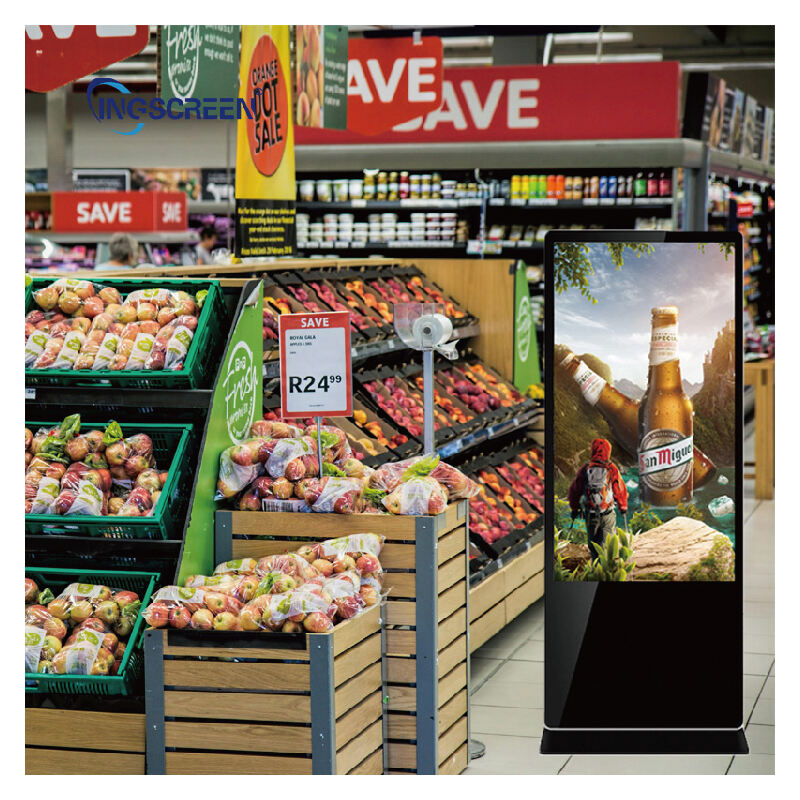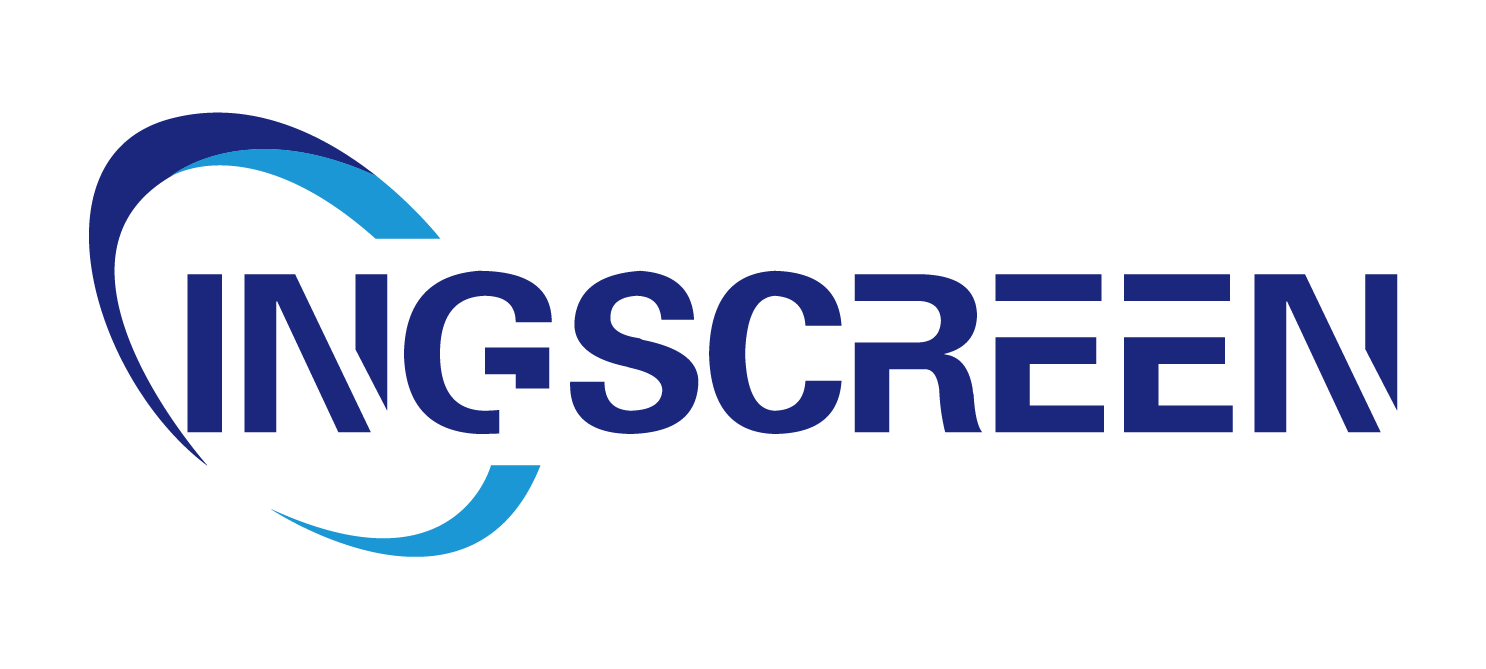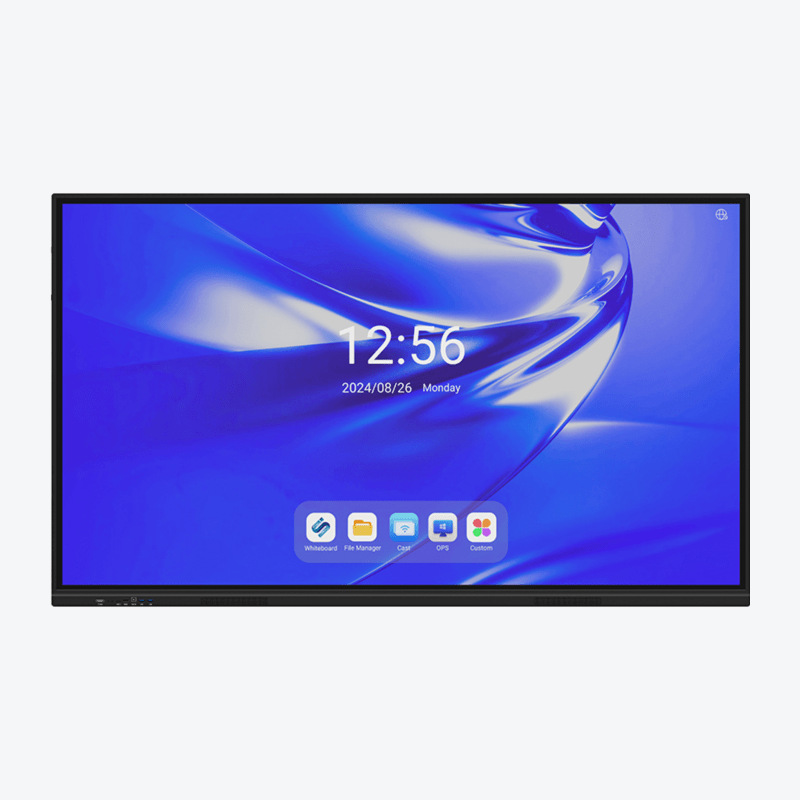Outdoor Digital Signage Market Growth and Industry Transformation
Projected $55.7B Market Value by 2032
The outdoor digital signage market is on a robust growth trajectory, projected to reach an impressive $55.7 billion by 2032. This reflects a compound annual growth rate (CAGR) of around 10% from current levels. Several factors contribute to this substantial growth. Firstly, there is a surging demand for engaging and impactful advertising solutions, which allows businesses to connect dynamically with consumer segments. Market analysts have noted a significant increase in investment in digital marketing technologies by brands aiming to enhance visibility and consumer interaction. The shift towards more interactive advertising mediums highlights the relevance of outdoor digital signage in contemporary marketing strategies.
Shift from Traditional to Dynamic Advertising Models
Businesses are transitioning from static billboards to dynamic advertising models as they aim to captivate audience attention more effectively. Dynamic advertising stands out because it allows for real-time content updates that can be customized based on audience demographics and behavior, thereby boosting engagement rates significantly. Notably, studies indicate that digital displays are capable of reaching audiences 47% more effectively than traditional static signage. This evolution in advertising models points to a widespread industry transition that embraces technology to deliver more personalized and impactful consumer interactions.
Urban Infrastructure Integration Driving Adoption
The integration of outdoor digital signage with urban infrastructure is playing a pivotal role in enhancing urban aesthetics and facilitating efficient information dissemination. As part of smart city initiatives, signage solutions are being adopted to provide real-time data, including public transport updates and emergency announcements. This integration not only improves functional communication in urban areas but also contributes to aesthetically pleasing environments. Municipalities are increasingly leaning towards digital signage solutions due to their ability to streamline communication with both residents and tourists, offering a more dynamic and interactive experience within urban settings.
In conclusion, the outdoor digital signage market is experiencing significant growth and transformation, driven by advancements in technology and evolving consumer demands. From projected market values to transitions in advertising models and urban infrastructure integration, the landscape is rapidly evolving, creating new opportunities for businesses to engage effectively with their audiences.
Technological Innovations Reshaping Outdoor Displays
High-Brightness LED Screens for All-Weather Visibility
High-brightness LED screens are revolutionizing outdoor displays by guaranteeing visibility across all weather conditions, including direct sunlight and nighttime. This advancement is particularly beneficial for large-scale advertisements in densely populated areas, where visibility is crucial. Industry reports show that cities utilizing high-brightness displays experience a notable 25% increase in viewer engagement. These screens not only enhance visual appeal but serve as crucial tools for advertisers seeking to capture consumer attention at all times.
AI-Powered Content Optimization Systems
AI technology is reshaping the landscape of outdoor advertising through real-time content optimization. This allows ads to be specifically tailored to the audience based on various data inputs like location and time of day. Companies that implement AI-powered systems are witnessing enhanced ROI due to targeted ad placements. Research indicates a promising trend where brands employing AI in their marketing strategies see a remarkable 30% increase in customer interaction. The sophistication offered by AI ensures that advertising content remains relevant and impactful to the intended demographic.
IoT-Enabled Kiosk Software for Smart City Integration
IoT-enabled kiosk software plays a crucial role in smart city integration, facilitating seamless connectivity with urban infrastructures. These smart public kiosks enhance user experience by providing critical information, such as public transit schedules and local services, directly to users in high-traffic areas. The expansion of IoT usage in urban analytics has led to significant improvements in public service efficiency, offering municipalities versatile solutions to effectively manage and disseminate information. This technology epitomizes the integration of advanced systems into everyday city life, ensuring streamlined communication and enhanced urban accessibility.
Dynamic Content Strategies for Maximum Impact
Real-Time Ad Updates Responding to Cultural Moments
Dynamic content strategies enable brands to remain relevant by adjusting their messaging in real-time to align with cultural moments. This approach allows marketers to harness social media insights and other data to keep campaigns fresh and aligned with current events. For instance, during major public events or trending topics, brands can update their adverts instantaneously, capturing increased public interest and engagement. Case studies have demonstrated that engaging in real-time ad updates can boost click-through rates by up to 50%, ensuring the messaging resonates with current cultural narratives.
Programmatic Campaigns for Hyper-Local Targeting
Programmatic advertising has brought about significant advancements in hyper-local targeting, allowing marketers to utilize geolocation data to deliver their content to specific demographics with precision. By tailoring ads to meet the needs of local audiences, companies can enhance the relevance of their marketing efforts and engage with consumers more effectively. Studies indicate that when businesses apply localized programmatic campaigns, they witness a nearly 30% increase in conversion rates, confirming the potency of this method.
Multi-Sensory Experiences Through Interactive Airport Kiosks
Interactive airport kiosks are transforming the consumer experience by adopting multi-sensory engagement methods. These kiosks are designed to engage travelers through visual displays, auditory cues, and tactile interactions, which elevate customer interaction and satisfaction levels. This tactic, increasingly utilized in travel retail environments, succeeds in captivating the attention of passengers and enhancing their overall journey. Research suggests that incorporating multi-sensory elements can augment customer dwell time by 20%, making these kiosks a valuable asset in enhancing consumer engagement within the bustling airport setting.
Sustainability Advancements in Digital Out-of-Home
Energy-Efficient MicroLED and E Ink Technologies
MicroLED and E Ink technologies are at the forefront of creating sustainable advertising solutions. These cutting-edge technologies significantly decrease power consumption compared to traditional LED displays. For example, the new E Ink Marquee™ offers exceptional energy efficiency by reducing the need for complex cooling systems, thus, contributing to a lower carbon footprint. These advancements not only support environmental goals but also provide substantial financial benefits; reports suggest operational costs may decrease by up to 40% when adopting such energy-efficient technologies. Leveraging these innovations, businesses can create impactful and sustainable digital content.
Solar-Powered Payment Kiosk Solutions
The advent of solar-powered payment kiosks heralds a significant shift toward sustainable digital solutions. These kiosks offer energy efficiency and can also operate autonomously in remote areas, showcasing versatility. Companies utilizing these solar-powered kiosks have reported potential energy cost reductions of up to 60%. This not only underlines the economic advantages but also aligns with global sustainability trends, offering businesses an opportunity to lead in eco-friendly digital deployments. As sustainability becomes a focal point in technological advancements, these solar-powered kiosks are setting a benchmark for future innovations in the payment kiosk sector.
Lifecycle Management for Eco-Conscious Deployments
Implementing lifecycle management strategies is crucial for ensuring the environmental friendliness of digital signage solutions from production to disposal. By adopting eco-conscious management practices, companies can significantly reduce waste and maximize the reuse of materials. Sustainability reports indicate that organizations embracing lifecycle management often see marked improvements in their brand image. This strategic approach not only underscores a commitment to sustainability but also enhances consumer perception. As more consumers prioritize eco-conscious brands, lifecycle management in digital signage solutions becomes a competitive edge for businesses striving to demonstrate their environmental responsibility.

Interactive Engagement Through Smart Signage
Gesture-Controlled Information Kiosks in High-Traffic Zones
Gesture-controlled kiosks offer a revolutionary way to access information without physical contact, making them ideal for enhancing interactivity in busy public areas. These kiosks are particularly effective in high-traffic locations such as transit hubs and shopping malls, where quick and efficient interactions are essential. According to user engagement metrics, there's a significant increase in interaction times with these gesture-controlled displays. This improvement highlights the value of implementing such kiosks to not only improve user experience but also to streamline information dissemination in environments where touchpoints are frequently shared.
Augmented Reality Integration for Brand Activations
Integrating augmented reality (AR) into signage enables brands to offer unforgettable, immersive experiences. This technology allows consumers to engage with advertising content in innovative ways, boosting memory retention significantly. Studies suggest that AR experiences linked to brands can enhance customer recall rates by up to 40%. By using AR, companies can create compelling brand activations that captivate audiences and leave a lasting impression, ultimately driving consumer engagement and loyalty in a rapidly evolving digital landscape.
Mobile-Connected Self-Service Kiosk Experiences
Mobile connectivity in self-service kiosks ensures users receive a seamless and familiar interaction experience. These kiosks empower consumers to access personalized services and obtain information tailored to their specific needs instantaneously. Research indicates that mobile-connected kiosks contribute to a 25% rise in customer satisfaction and service speed. By harnessing mobile technology, businesses can transform traditional self-service models into dynamic, user-centric solutions that not only meet but exceed consumer expectations in today's tech-driven world.
FAQ Section
What factors are driving the growth of the outdoor digital signage market?
The major factors driving growth in this market include increasing demand for engaging advertising solutions, a shift towards dynamic advertising models, and the integration with urban infrastructure as part of smart city initiatives.
How does dynamic advertising differ from traditional advertising methods?
Dynamic advertising allows for real-time content updates that can be customized based on audience demographics and behavior, offering a more engaging and targeted approach compared to static traditional methods.
What technological innovations are influencing outdoor digital signage?
High-brightness LED screens, AI-powered content optimization systems, and IoT-enabled kiosks are key innovations reshaping how outdoor displays operate and engage audiences.
How is sustainability being addressed in digital signage solutions?
Sustainability is achieved through technologies like MicroLED and E Ink which reduce energy consumption, solar-powered kiosks, and lifecycle management strategies to minimize waste and promote eco-conscious practices.
How are interactive and immersive technologies enhancing consumer engagement?
Interactive engagements are bolstered by gesture-controlled kiosks, augmented reality integrations, and mobile-connected self-service experiences, all designed to improve user experience and interaction times with digital signage.
Table of Contents
-
Outdoor Digital Signage Market Growth and Industry Transformation
- Projected $55.7B Market Value by 2032
- Shift from Traditional to Dynamic Advertising Models
- Urban Infrastructure Integration Driving Adoption
- Technological Innovations Reshaping Outdoor Displays
- High-Brightness LED Screens for All-Weather Visibility
- AI-Powered Content Optimization Systems
- IoT-Enabled Kiosk Software for Smart City Integration
- Dynamic Content Strategies for Maximum Impact
- Real-Time Ad Updates Responding to Cultural Moments
- Programmatic Campaigns for Hyper-Local Targeting
- Multi-Sensory Experiences Through Interactive Airport Kiosks
- Sustainability Advancements in Digital Out-of-Home
- Energy-Efficient MicroLED and E Ink Technologies
- Solar-Powered Payment Kiosk Solutions
- Lifecycle Management for Eco-Conscious Deployments
- Interactive Engagement Through Smart Signage
- Gesture-Controlled Information Kiosks in High-Traffic Zones
- Augmented Reality Integration for Brand Activations
- Mobile-Connected Self-Service Kiosk Experiences
-
FAQ Section
- What factors are driving the growth of the outdoor digital signage market?
- How does dynamic advertising differ from traditional advertising methods?
- What technological innovations are influencing outdoor digital signage?
- How is sustainability being addressed in digital signage solutions?
- How are interactive and immersive technologies enhancing consumer engagement?




